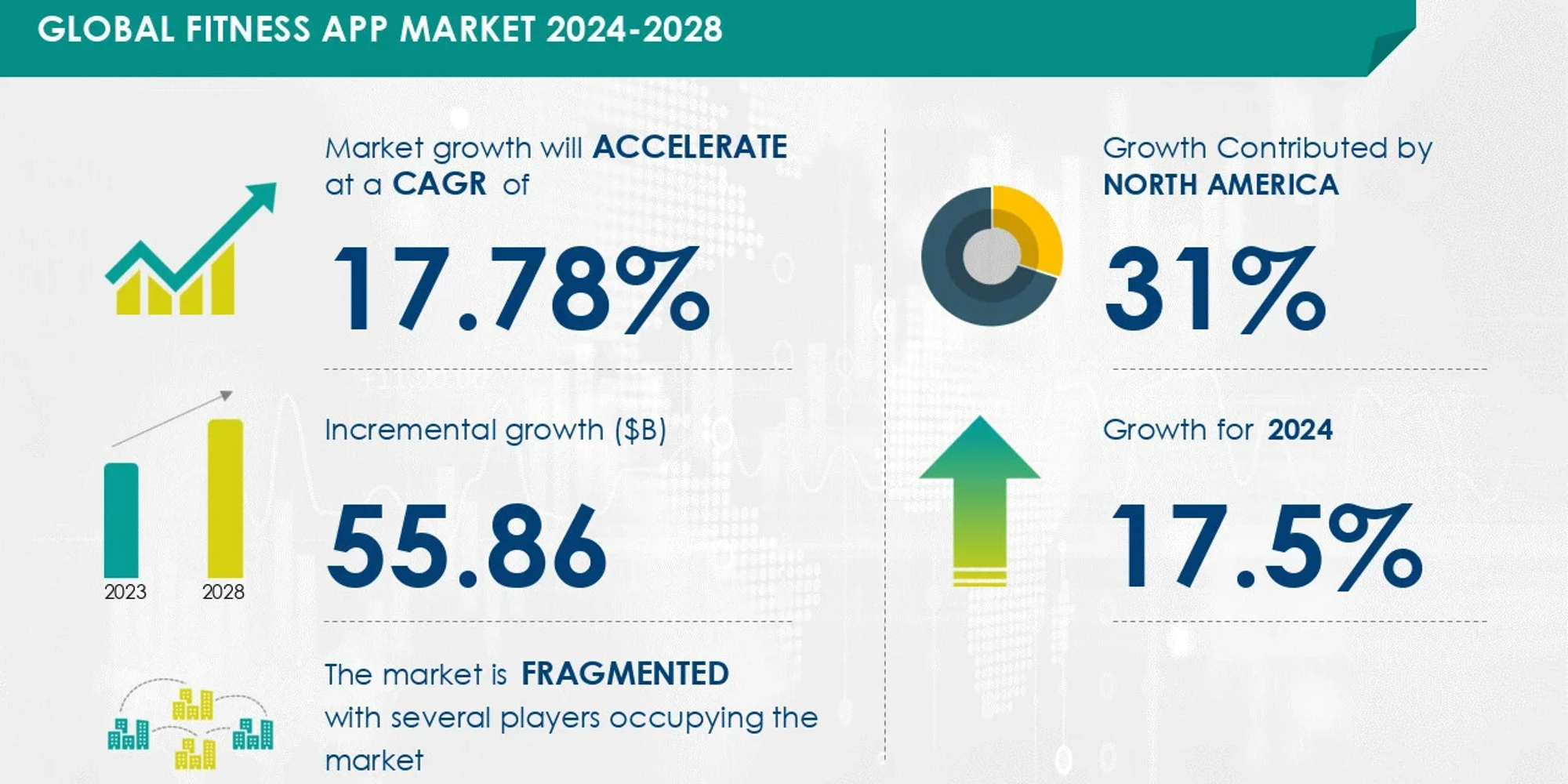Bussiness
‘We’ve got tailwinds behind us’: KEH CEO Noah Treshnell on building a profitable online resale business

Subscribe: Apple Podcasts • Stitcher • Google Play • Spotify
Resale has proven difficult for many players in the apparel space, but KEH has made it work for the camera industry.
KEH has been around for 40 years, beginning first as a used camera business. It’s grown into the leading platform for pre-owned camera gear. Today, the company continues to see year-over-year growth and is profitable. CEO Noah Treshnell joined the Modern Retail Podcast and spoke about KEH’s history, as well as his vision for the future.
One of the real lessons Treshnell has learned is that online resale may not work for every type of product. It’s usually grouped in with apparel, which is a difficult business margin-wise. But for more expensive products like cameras, the model has proven to work especially well.
Brands have to ask, he said, “Is it a category that dramatically drops off in terms of retaining its value? So, is the depreciation curve shallow? That’s very important, especially in e-commerce.”
Lucky for KEH, its products work for a profitable resale business. With resale being such a buzzy word, the business is only continuing to grow.
“We’ve got tailwinds behind us and we’re going substantially faster than even the market is growing,” he said. “And that’s really a testament to the team and our customer.”
Here are a few highlights from the conversation, which have been lightly edited for clarity.
Why he decided to join KEH
“I had a few boxes that needed to be checked. One was [find] a mid-size business that had the opportunity to [grow] two or 3x where I could [help usher in that growth]. I love transformation, but transformation to me is meaningful disruption…transformation is disruption but with intent. And so I saw the strength of the business model — there are not many in the space to figure out profitability and we have. [There was also] the strength of growing audience that could grow top-line. So [there was] top line and bottom line exponential growth opportunity. And that requires transformational leadership. And I love that — that’s what fires me up, and being a part of that kind of accelerated growth. And then the harder part was a mission that I really believed in.”
What products work — and don’t work — in resale
“There are two components that you have to ask: One, is it a category that dramatically drops off in terms of retaining its value? So, is the depreciation curve shallow? That’s very important, especially in e-commerce. We’ve got to think about the cost of shipping, right? That can be a killer. [There’s also] the return rate — those sorts of back-end dynamics are extremely important. So you’ve got to think about a category that lends itself favorably to those dynamics. And then I’d say: Are you in a category where your people are not simply just inspecting it and putting it on a rack to resell it? Are they adding value? Are you adding value into the product itself? And if you’re adding value to the product itself, and you can do those other things, then I think you have a winning formula.”
Riding the resale wave
“If you look at the recommerce market in total — the recommerce market is growing substantially. I think it’s around $354 billion in secondhand items — that’s by 2030. So you’re talking about a substantial market. And we’re obviously a subset of that, but still a substantial subset of that market. The organic growth of recommerce and resale for direct-to-consumer is double digits, it’s around 10%. We’re growing [at a] a multiple of that. And so we’ve got tailwinds behind us and we’re going substantially faster than even the market is growing. And that’s really a testament to the team and our customer.”









